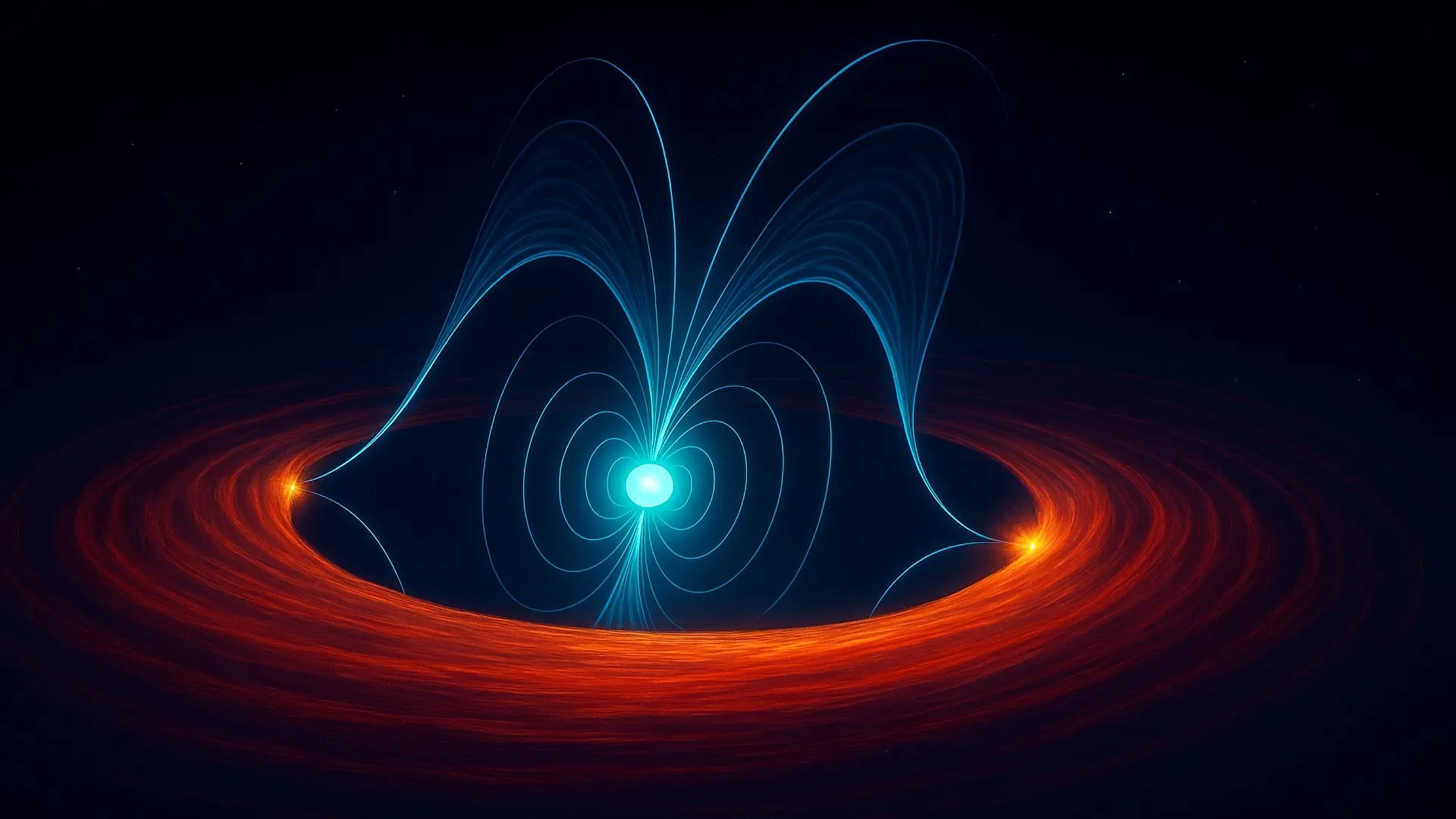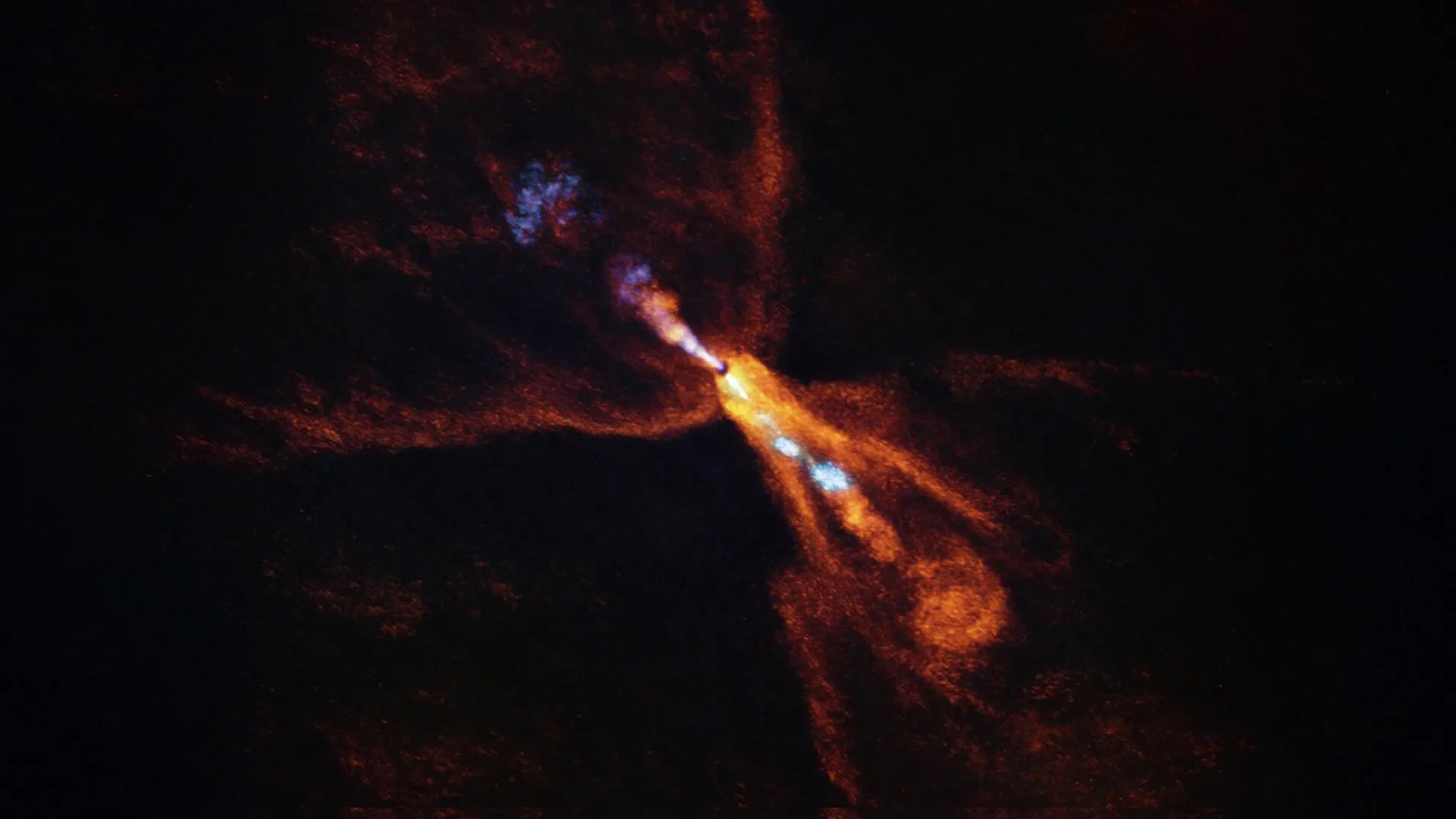Now Reading: NASA’s IXPE Uncovers Surprise Power Source in Rare Pulsar
-
01
NASA’s IXPE Uncovers Surprise Power Source in Rare Pulsar
NASA’s IXPE Uncovers Surprise Power Source in Rare Pulsar

Rapid Summary
- An international team of astronomers studied PSR J1023+0038 (J1023), a transitional millisecond pulsar involving a rapidly spinning neutron star and its companion star.
- The neutron star’s pulsar exhibits two distinct states: feeding off the companion’s material (active) or emitting radio waves (dormant).
- Using NASA’s IXPE (Imaging X-ray Polarimetry explorer) and other telescopes, they resolute X-rays originate from the pulsar wind rather than the accretion disk, challenging previous theories.
- observations revealed the same angle of polarization across multiple wavelengths, indicating a coherent mechanism for emitted light.
- Instruments used included IXPE, NICER, Swift Observatory, Very Large Telescope in Chile, and others. Findings bring insights into particle acceleration and neutron star environments.
Indian Opinion Analysis
The study of J1023 not only advances understanding of neutron stars but also highlights global collaboration in astronomical research. By challenging conventional models on radiation mechanisms in binary systems, findings could refine theoretical frameworks wiht broader scientific impact. for India-which aims to expand its space exploration capabilities-the success of missions like NASA IXPE emphasizes the importance of investing in cutting-edge telescopic technology that can probe deeper cosmic mysteries. Collaboration with entities like NASA may also enhance India’s ability to contribute actively to global astrophysical discoveries.


























